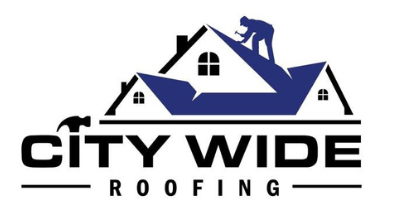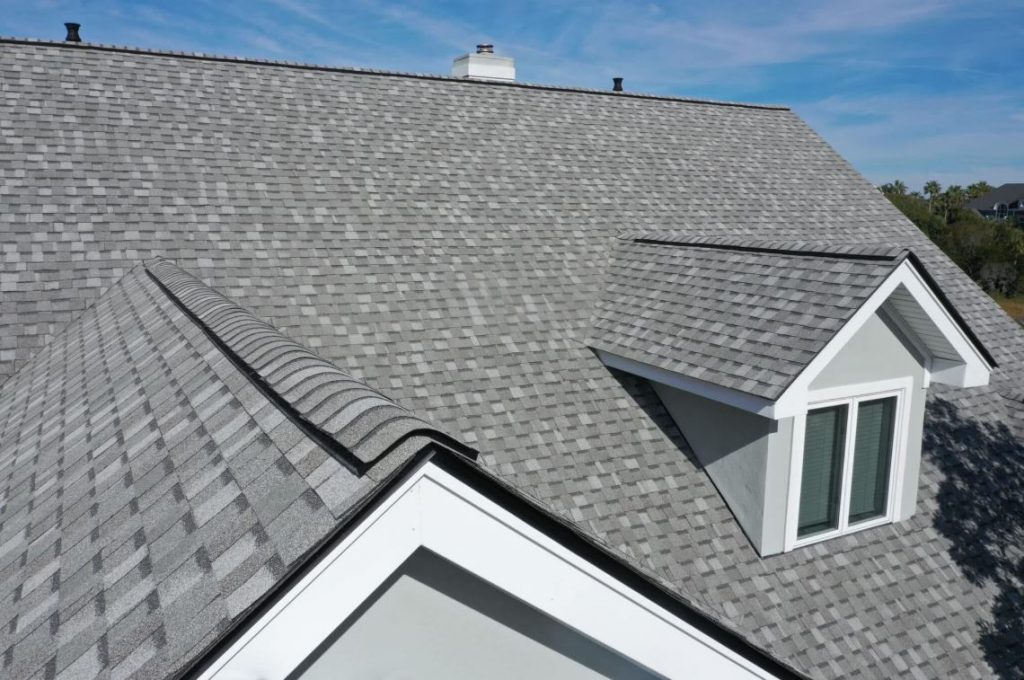Residential roofing materials come in a variety of types, each with its own advantages and disadvantages. It is important to choose the right material for your home that fits both your personal style and budget, as well as one that provides adequate protection against the elements.
With so many options available on the market today, it can be overwhelming to decide which type of roofing material is best for you. In this article, we will explore three of the most common residential roofing materials: asphalt shingles, wood shakes, and metal/tile roofing.
We will discuss the pros and cons of each material in detail, including their durability, energy efficiency, cost-effectiveness, and aesthetic appeal. By examining these factors closely, homeowners can make an informed decision when selecting a roofing material that meets their needs and preferences.
Asphalt Shingles: The Most Popular Choice
Asphalt shingles are widely considered to be the most commonly used roofing material due to their affordability, durability, and ease of installation. They are made of a fiberglass mat coated with asphalt and topped with ceramic granules that provide protection against UV rays.
Asphalt shingles come in a range of colors and styles, making them versatile enough to fit into any architectural design. One of the biggest advantages of asphalt shingles is their cost-effectiveness. They are relatively inexpensive compared to other roofing materials like metal or slate, which makes them accessible for homeowners on a budget.
Additionally, they can last up to 30 years with proper maintenance and care. Another advantage is their ease of installation – they can be installed quickly by professionals without causing too much disruption to daily life. However, one downside is that they may not be as environmentally friendly as other options because they are petroleum-based and have a shorter lifespan than some alternative materials like metal or tile.
Wood Shakes: A Natural and Unique Option
Wood shakes offer a distinctive and eco-friendly option for residential roofing. These are made from split logs, which are then reshaped using a machine or by hand. The result is a natural and unique look that many homeowners find appealing.
Wood shakes come in different colors and textures, depending on the type of wood used and how it was processed. One of the main advantages of wood shakes is their sustainability. They are renewable, biodegradable, and have a low carbon footprint compared to other roofing materials.
Moreover, they provide excellent insulation during cold seasons, keeping homes warm without consuming too much energy. However, wood shakes require more maintenance than other roofing materials since they are susceptible to moisture damage, rotting, insect infestation, and fire hazards if not treated properly. Therefore, homeowners who choose this option must be willing to invest time and money in regular inspections and repairs to ensure the longevity of their roof’s performance.
Metal and Tile Roofing: Durability and Energy Efficiency
Metal and tile roofing are known for their exceptional durability and energy efficiency, making them popular choices among homeowners looking for long-lasting and cost-effective roofing solutions.
Metal roofs are made from a variety of materials including aluminum, steel, copper, and zinc. These materials provide excellent protection against weather elements such as rain, snow, and hail. Moreover, metal roofs have a longer lifespan compared to other roofing materials due to their ability to withstand harsh conditions.
Tile roofing is another durable option that can last up to 50 years or more with proper maintenance. They come in different shapes and sizes including flat tiles, shingle-style tiles, and Roman-style tiles.
Tile roofs are also energy-efficient because they help regulate temperature inside the home by reflecting heat away from the roof surface during hot weather conditions. This helps reduce cooling costs during summer months while keeping your home comfortable throughout the year.
However, it is important to note that both metal and tile roofing options require professional installation due to their weight and complexity of installation process which can add to the overall cost of your new roof.


